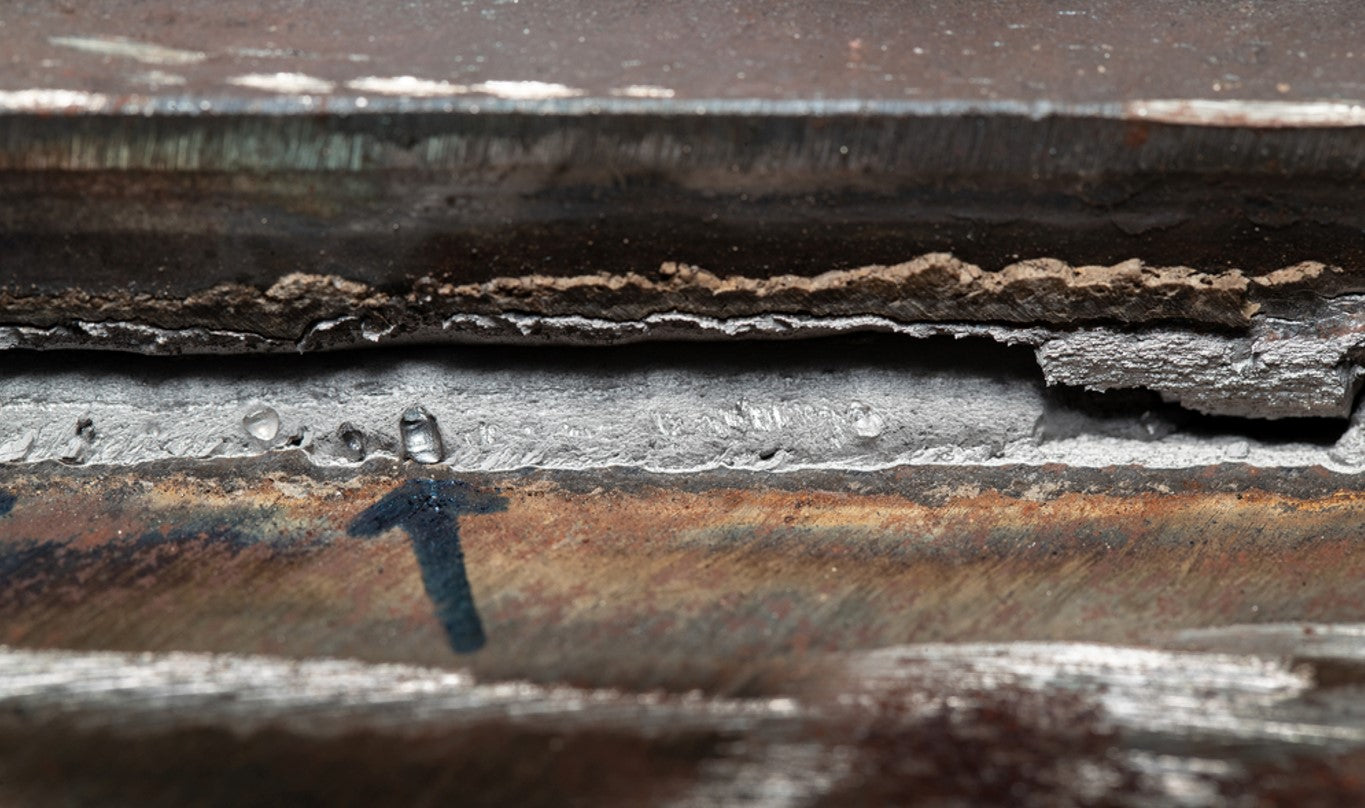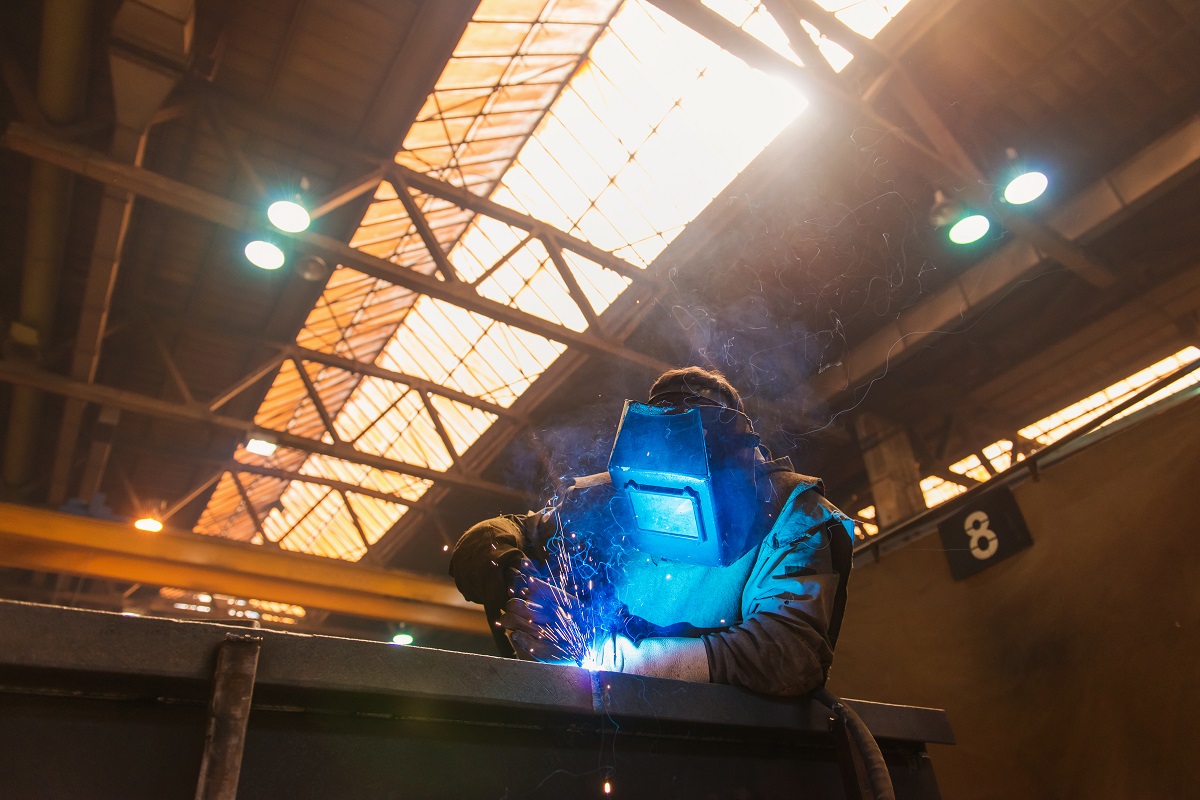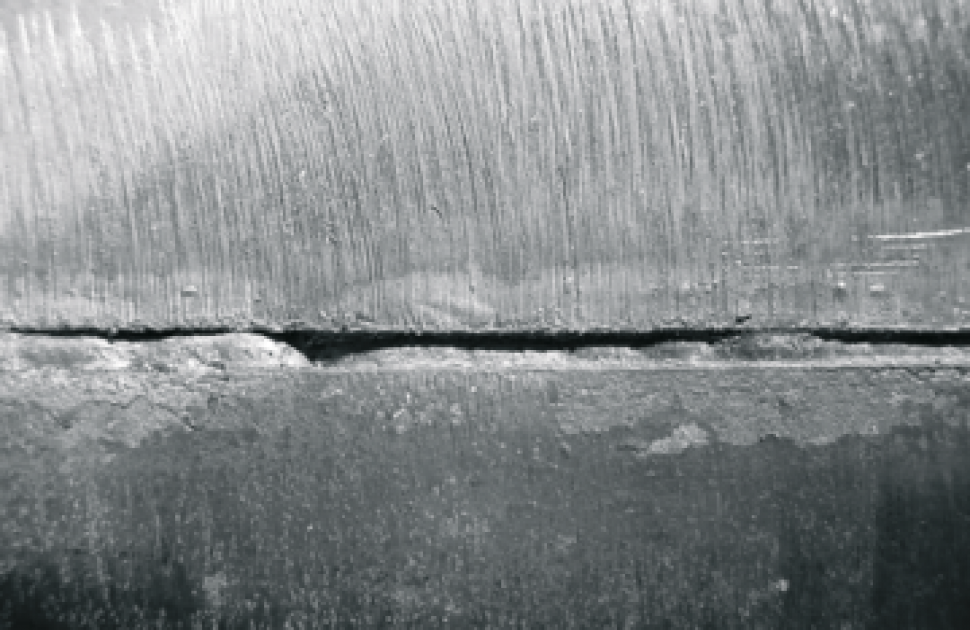Preventing Weld Undercut Demystified: Techniques for Success
Preventing Weld Undercut Demystified: Techniques for Success
Blog Article
Important Tips for Welders: Stopping Undercut Welding and Ensuring Stronger Weld Joints
In the realm of welding, achieving resilient and solid weld joints is the foundation of generating top quality job. One typical difficulty that welders usually run into is undercut welding, which can jeopardize the stability of the weld joint.

Comprehending Undercut Welding
Undercut welding is a common welding defect that occurs when the weld steel stops working to properly fill up the groove and causes a groove-like clinical depression along the weld bead. This defect damages the weld joint, making it susceptible to cracking and failing under stress and anxiety. Damaging can be triggered by numerous elements, consisting of excessive welding existing, high welding rate, inappropriate electrode angle, incorrect electrode dimension, and poor welding technique.
One of the primary reasons for undercut welding is an inequality in between the welding current and the welding speed. If the welding current is too high or the welding rate is as well quick, the weld metal might not appropriately fill the groove, leading to undercutting. In addition, using an electrode that is also big can lead to a similar result, as the excess metal can not properly flow right into the groove.
To avoid undercut welding, welders ought to ensure they are using the right welding criteria, preserve a suitable electrode angle, select the proper electrode dimension, and method proper welding methods. By addressing these aspects, welders can minimize the risk of damaging and create more powerful, more trustworthy weld joints.
Appropriate Welding Technique
Effective welding technique plays a critical function in guaranteeing the quality and honesty of weld joints. Correct welding technique entails a combination of adherence, precision, and skill to best methods. One basic facet of correct welding method is maintaining the appropriate angle and range between the welding weapon and the work surface. Welders need to additionally pay attention to the travel speed and warmth input to avoid concerns like damaging, porosity, or insufficient fusion.
Additionally, a stable and regular hand activity is crucial for developing solid and long lasting weld joints. Welders must go for smooth, consistent motions to guarantee also distribution of the weld material. Proper adjustment of the welding weapon and filler product is likewise essential to accomplishing optimal infiltration and blend.
Additionally, regulating the warmth input and choosing the suitable welding specifications based upon the product being bonded are essential elements in achieving high-quality welds - Preventing weld undercut. Welders must comply with the advised settings provided by welding treatment specifications and readjust them as needed based upon the specific demands of the job. By mastering appropriate welding strategies, welders can considerably boost the strength and reliability of their weld joints
Picking the Right Electrode
Keeping the appropriate angle and distance between the welding gun and the workpiece is fundamental when taking into consideration the importance of selecting the appropriate electrode in welding applications. The choice of electrode plays a critical Home Page function in establishing the quality look these up and toughness of the weld joint. Electrodes can be found in different types, each developed for particular objectives and products.
To start with, choosing the ideal electrode size is crucial. Thinner electrodes are ideal for welding thin products, while thicker electrodes are better for thicker products and greater warm applications. Matching the electrode size to the thickness of the workpiece helps accomplish a well balanced weld.
Second of all, understanding the product structure of the electrode is important. Various electrodes are designed for welding particular materials like steel, stainless-steel, aluminum, or cast iron. Making use of the proper electrode product ensures excellent blend and decreases the threat of problems in the weld.
Last but not least, taking into consideration the welding placement and strategy is vital when choosing the electrode type. Specific electrodes are much better matched for vertical or overhead welding settings, while others work well for level or horizontal placements. Picking the best electrode based upon the welding technique boosts the overall weld top quality and stability.
Preparing the Base Metal
To guarantee an effective welding process, what preliminary actions should be taken when preparing the base steel for welding? Furthermore, any type of existing weld material or residue from previous welding should be eliminated to make sure a tidy surface for the new weld.

Carrying Out Post-Weld Inspections

After conducting these analyses, welders should contrast the results against market criteria and job needs to make certain that the weld joint satisfies all required requirements. Any inadequacies or discrepancies uncovered throughout the post-weld examination should be immediately addressed through proper rehabilitative procedures to guarantee the weld's honesty. By vigilantly performing post-weld examinations and immediately dealing with any kind of concerns, welders can support the high quality and reliability of their work, eventually adding to the security and longevity of the welded structures.
Verdict

In verdict, stopping undercut welding and making certain more powerful weld joints call for a mix of proper welding method, picking the ideal electrode, preparing the base metal appropriately, and carrying out post-weld assessments. By recognizing the root causes of undercut welding and carrying out the essential precautions, welders can produce top notch weld joints that satisfy sector standards and guarantee the structural stability of the bonded elements.
Undercut welding is an usual welding flaw that happens when the weld steel fails to appropriately fill up the groove and results in a groove-like anxiety along the weld bead (Preventing weld undercut). Damaging can be triggered by numerous elements, including extreme welding existing, high welding rate, improper electrode angle, incorrect electrode dimension, and poor welding technique
One of the main factors for undercut welding is a discrepancy in between the welding current and the welding speed. If the welding current is as well high or the welding rate is as well quickly, the weld steel might not adequately fill up the groove, leading to damaging.Maintaining the right angle and range between the welding gun and the workpiece is essential when considering the importance of choosing the ideal electrode in welding applications.
Report this page